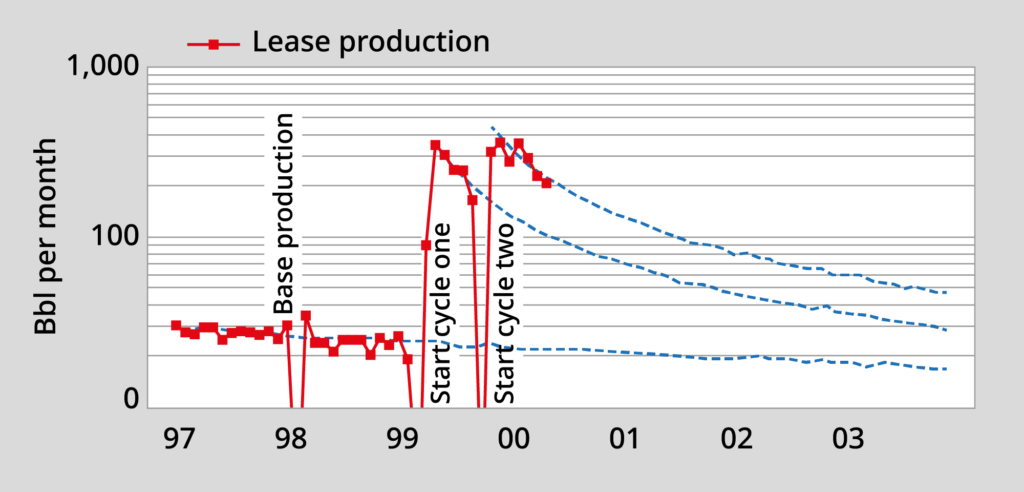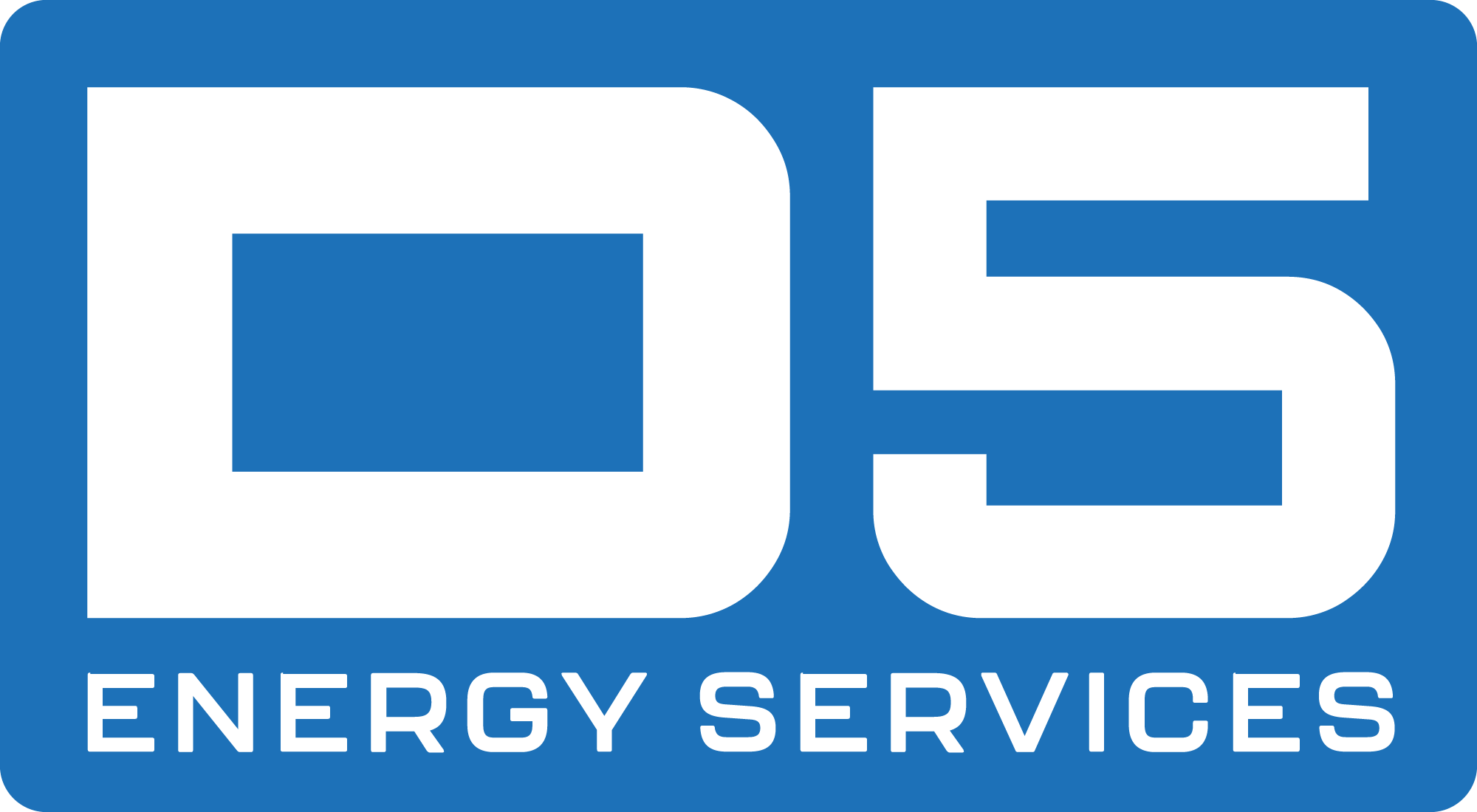Services for
Geothermal & Oil&Gas
Immiscible Gas Stimulation
Nitrogen or Nitrogen based Immiscible Gas Blends (IGB) has been used in EOR / IOR applications since the 1990s and is well reported in the technical literature. Initially, due to the technology available at the time, it was only possible to use Nitrogen for large scale EOR schemes. This severely limited the potential candidate pool and the number of Nitrogen based EOR schemes implemented. With the ongoing development and improvements in small scale membrane based Nitrogen generators it has become economically viable to use IGB for small scale immiscible EOR / IOR applications.
Nitrogen and IGB behave very differently to Carbon Dioxide (CO2) or Methane (CH4) when introduced into an oil reservoir. CO2 is highly soluble in both oil and water with CH4 highly soluble in oil, whilst N2 and IGB are immiscible in both the oil and aqueous phases. These differences mean that CO2 and CH4 are often used in EOR schemes such as miscible flood or WAG that rely on changing the physical properties of the oil to enhance recovery whereas IGB and N2 are preferred for pressure maintenance and displacement applications.
The other significant advantage of IGS is that the IGB can be generated on site using modular equipment that is appropriately sized for the application. D5 Energy Services can provide modular and integrated IGB gas generation spreads that can deliver between 750 SCFM and 3000 SCFM up to 5000 psi at the wellsite. The gas can also be produced at elevated temperatures up to 285°F / 140°C and can be used to deliver a range of traditional chemicals and nano-fluids to treat the near wellbore and reservoir to improve production performance.
The advantages of Immiscible Gas Stimulation:
- Add reservoir energy and drive to mature and marginal fields.
- Liberates up-dip and bypassed oil without significant intervention.
- Moves oil water contacts and to depress water coning.
- Carries suitable chemicals allowing significant reservoir treatments.
- Overcomes significant NWBD especially where the hot immiscible gas assists with the removal of wax and asphaltene deposits.
- As it a RIGLESS technology stimulations can be undertaken without a rig, eliminating cost and complexity. Even for Gas lifted wells, there is no need to make any extra surface modification. As IGB can be pumped thru Gas life valves, tubing head can be closed so IG will travel down to perforation.
- If it is successfully applied to move decline curves in mature wells then additional reserves are added by default.
- Significant reduction in HSE exposure, ease of work, scheduling benefits.
- The treatments can be applied outside existing rig schedules.
IGS Case History: Big Andy Ridge Project – Lee and Wolfe Counties, Kt USA. (1998-)
One of the smallest scale and earliest documented IGS projects commencing in 1998. This project initially utilized a 350 Mscfd unit in 1998 that was quickly upgraded to a 750 Mscfd unit by late 1998, both of which had an outlet pressure of 150 psi. This is approximately half the capacity of a current membrane nitrogen compression systems.
The configuration of this scheme was similar to a miniaturised version of the large scale Nitrogen EOR schemes of the time with the IG generator centrally located and the IG piped to individual wells using low cost, low pressure poly pipe. Given the low productivity of the wells and low gas injection rates 15 wells were on injection at any given time.
Prior to the commencement of IGS EOR the fields were producing approximately 200 BOPD from 400 wells at an average rate of 0.5 BOPD per well from a shallow (1300’) dual porosity fractured reservoir with an average reservoir pressure of 25-50psi.
After commencement of the EOR project production increased from 200 BOPD to over 500 BOPD with only 163 of the 400 wells having been treated. The production metrics show that more incremental oil is produced per unit of gas injected for each incremental cycle due to the ongoing contribution from the previous cycles.
In one lease on the field, the Little Noah lease, there was a 17% increase in efficiency from the second cycle over the first cycle with returns increasing from 1 Bbl per 1.7 Mscf to 1 Bbl per 1.4 Mscf. Overall the incremental cumulative production for the first two years of operation was 115,000 Bbls of oil for 342 Mmscf of IG injection or a return of 1 Bbl per 1.2 Mscf of injection.
Little Noah Lease had seven wells producing less than 7 Bbls per month. After IG EOR the lease was producing on average 250 Bbls of oil per month. The gas usage for the initial IG cycle was 1.7 Mscf per incremental Bbl with this dropping to 1.4 Mscf incremental Bbl in the 2nd cycle due to the cumulative effect of IG cycles.

The Big Andy Ridge Project produced over 115,000 incremental Barrels of Oil in the first two years of operations increasing the production rate from 200 BOPD to over 500 BOPD over a period when production would have declined to less than 150 BOPD without IG EOR. There was no increase in water production over the same period. The EOR project not only increased production and profit but also increased recoverable reserves for the subject fields. The project was economic at the time when the oil price was $25 per Bbl and utilizing sub-optimal equipment.


